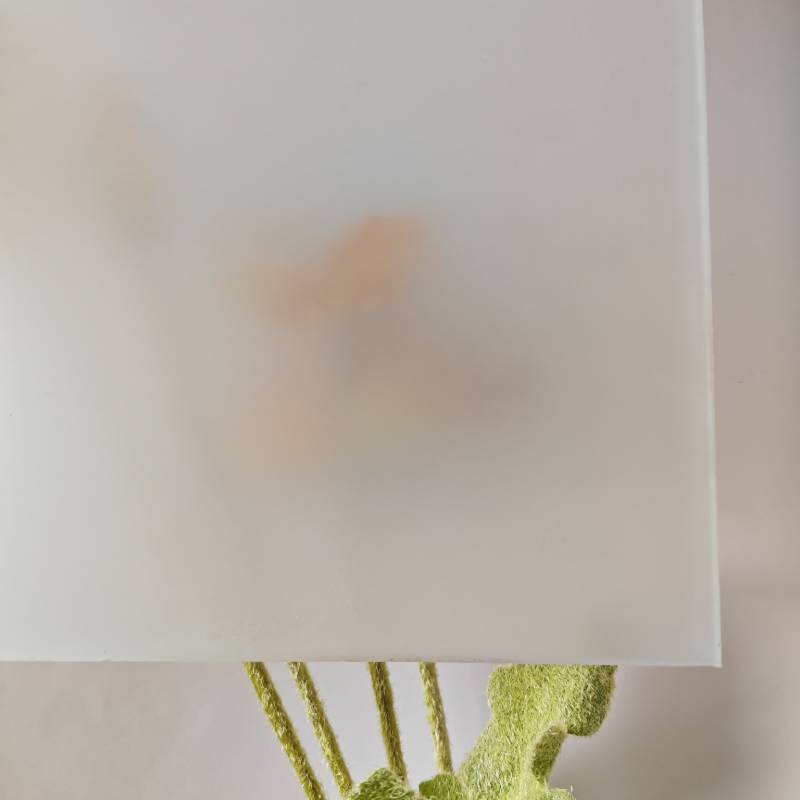

The Role of Clear Float Glass in Modern Architecture
Clear float glass has become an indispensable material in modern architecture, renowned for its versatility, clarity, and durability. This article explores the significance of clear float glass, its production process, applications, and the benefits it offers to both architects and builders.
What is Clear Float Glass?
Clear float glass is a flat glass material produced through the float glass process, which is characterized by its uniform thickness and flawless surface. The manufacturing process involves melting raw materials such as silica sand, soda ash, and limestone at high temperatures. The molten glass is then floated on molten tin, which creates a smooth and flat surface as it cools. This method results in a clear, colorless glass that is free of distortion, making it ideal for various applications in architecture.
Applications in Architecture
The clarity and aesthetic appeal of clear float glass make it a popular choice in architectural design. It is widely used in windows, facades, and curtain walls, allowing natural light to permeate indoor spaces while providing unobstructed views of the surrounding environment. Moreover, clear float glass is often employed in glass doors, partitions, and balustrades, enhancing the visual connection between different areas and creating an open, airy atmosphere.
In commercial buildings, clear float glass is frequently utilized in skylights and atriums, areas designed to maximize natural light and reduce energy consumption. Offices and retail spaces benefit from this material by creating inviting environments that improve occupant comfort and wellbeing. Additionally, the use of clear float glass in display cases and showcases allows products to be viewed clearly, enhancing the customer experience.
Advantages of Clear Float Glass

1. Visual Clarity The most significant advantage of clear float glass is its exceptional clarity. This characteristic allows architects to design with light, creating spaces that feel larger and more open. The transparency of the glass enables seamless indoor-outdoor connections, which is crucial in modern design philosophies.
2. Durability Clear float glass is highly durable and resistant to weathering, making it suitable for both residential and commercial applications. With proper treatment and coatings, it can also resist scratches and impacts, ensuring that it remains an attractive and functional choice over time.
3. Energy Efficiency With advancements in glass technology, clear float glass can now be coated to enhance its thermal performance. Low-emissivity (Low-E) coatings can reduce heat transfer, making buildings more energy-efficient by keeping interiors cooler in the summer and warmer in the winter. This efficiency not only reduces energy costs but also minimizes the environmental impact of buildings.
4. Safety and Security While clear float glass is inherently lightweight and easy to handle, it can also be manufactured in tempered or laminated forms that enhance its safety and security features. Tempered glass is treated to withstand severe impacts, while laminated glass holds together when shattered, reducing the risk of injury.
5. Eco-Friendly Options Clear float glass can be recycled, contributing to sustainable building practices. The production of glass also increasingly utilizes recycled materials, reducing the environmental footprint associated with new glass manufacturing.
Conclusion
As urban landscapes continue to evolve and the demand for sustainable, energy-efficient buildings grows, clear float glass remains a vital material in modern architecture. Its ability to combine aesthetic appeal with functional advantages ensures that it will play a critical role in shaping the future of building design. Whether enhancing the beauty of a residential home or incorporating innovative features in commercial spaces, clear float glass continues to redefine the possibilities of architectural expression in the contemporary world. As architects and builders leverage this remarkable material, they create environments that are not only visually stunning but also functional, comfortable, and environmentally responsible.